Inside Genemon Kiln: Porcelain, Craft, and Cultural Legacy in Arita


Tucked into the wooded hills of Saga Prefecture, far from Japan’s more trodden tourist trails, lies a kiln that has quietly upheld the art of Japanese porcelain for over 150 years. Genemon Kiln, located just outside Arita, offers more than just ceramics. It’s a living archive, a place where brushstroke, glaze, and fire still follow centuries-old rhythms, and where history isn’t behind glass, but carried in the fingertips of working craftsmen.
For those curious about the deep traditions of Japanese craftsmanship, or simply looking to slow down and engage with a region that shaped Japan’s artistic identity, a visit to Genemon Kiln offers a rare opportunity to see heritage in action.

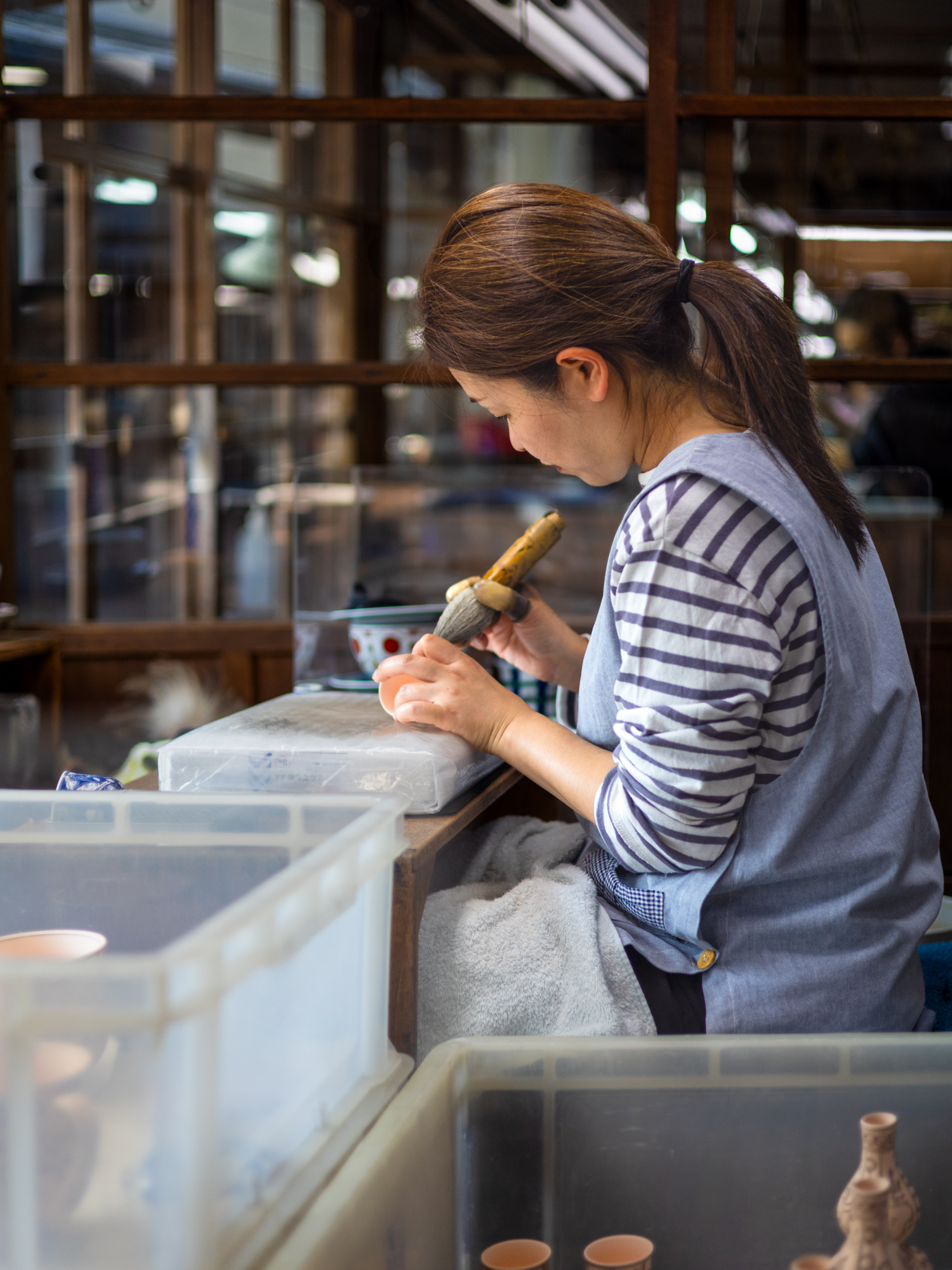
A Behind-the-Scenes Experience
Unlike many kilns in Japan, Ganemon opens its doors, albeit selectively, to those seeking a more intimate understanding of porcelain. The workshop experience begins with a quiet tour of the active kiln site, including its original wood-fired climbing kiln, where traditional Japanese red pine is still used to fuel the firing process.
Step inside the atelier and you’ll see craftsmen at individual workbenches, shaping and painting porcelain under streams of natural light. Many have spent decades perfecting their role, from forming delicate bowls to executing the fluid, highly disciplined Sotodami brush technique that defines the kiln’s signature aesthetic.
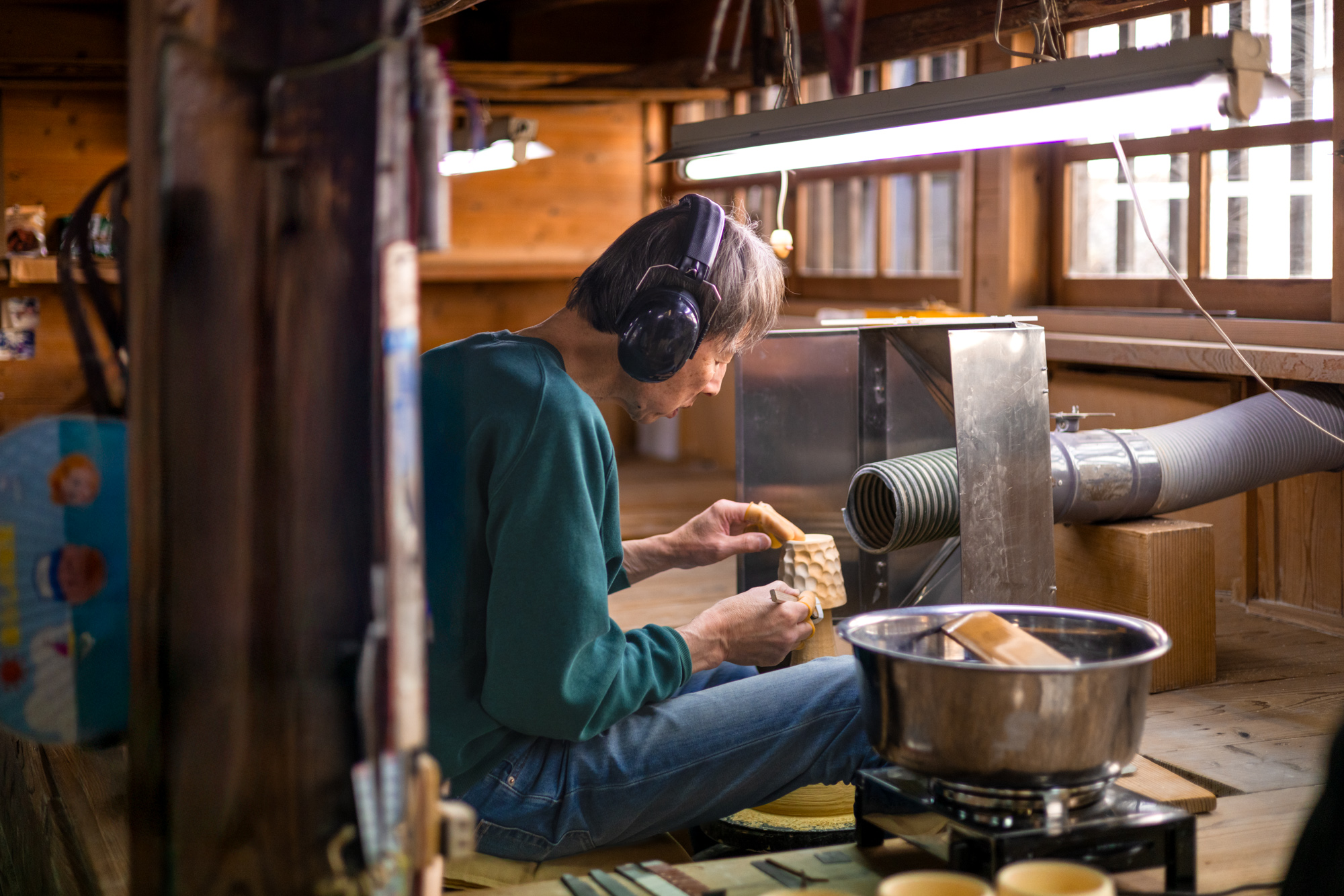
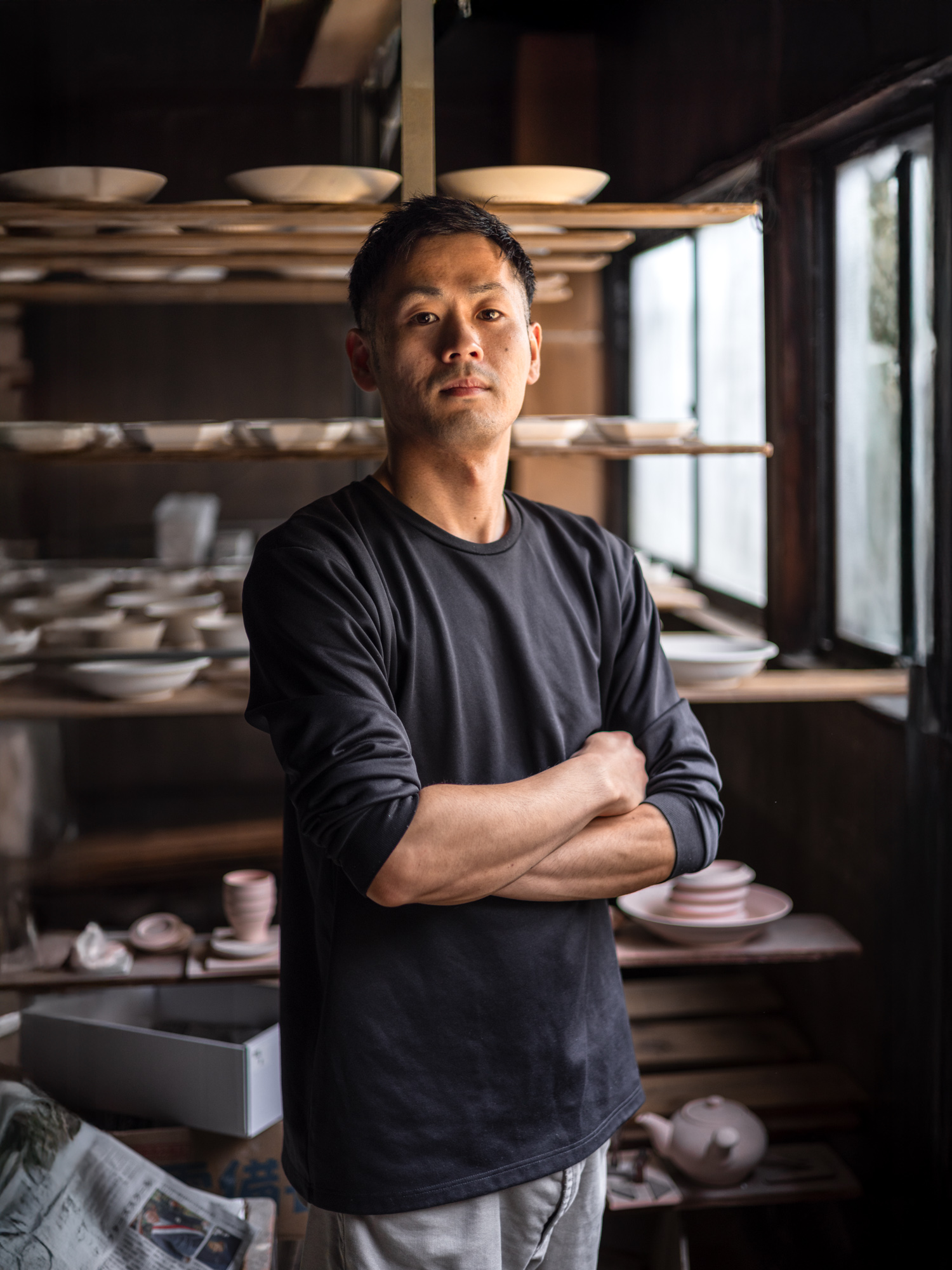
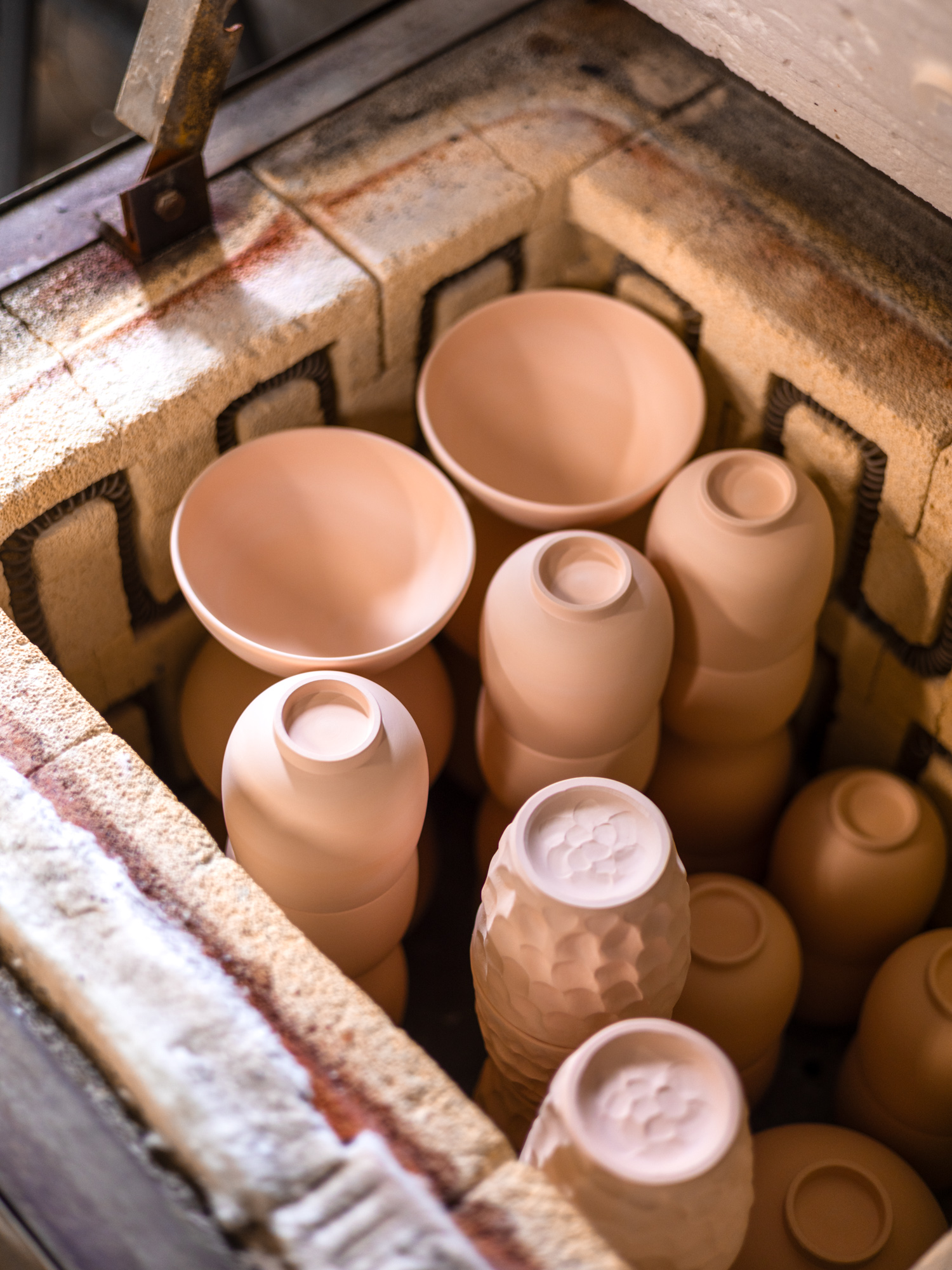
Arita: The Birthplace of Japanese Porcelain
This quiet town in western Kyushu is where Japanese porcelain first emerged in the early 1600s. After a feudal campaign in Korea, Nabeshima Naoshige, the ruling lord of Hizen, brought back a Korean potter named Ri Sampei (Lee Cham-Pyung), who would soon discover kaolin in nearby Mt. Izumiyama. This fine white stone was the missing ingredient Japan needed to create porcelain, a material previously only available through Chinese imports.
Today, the influence of Arita porcelain is still felt around the world, and its most skilled artisans, many of them still working in kilns like Genemon, are recognized as Living National Treasures.
Discover all our craft stories here.
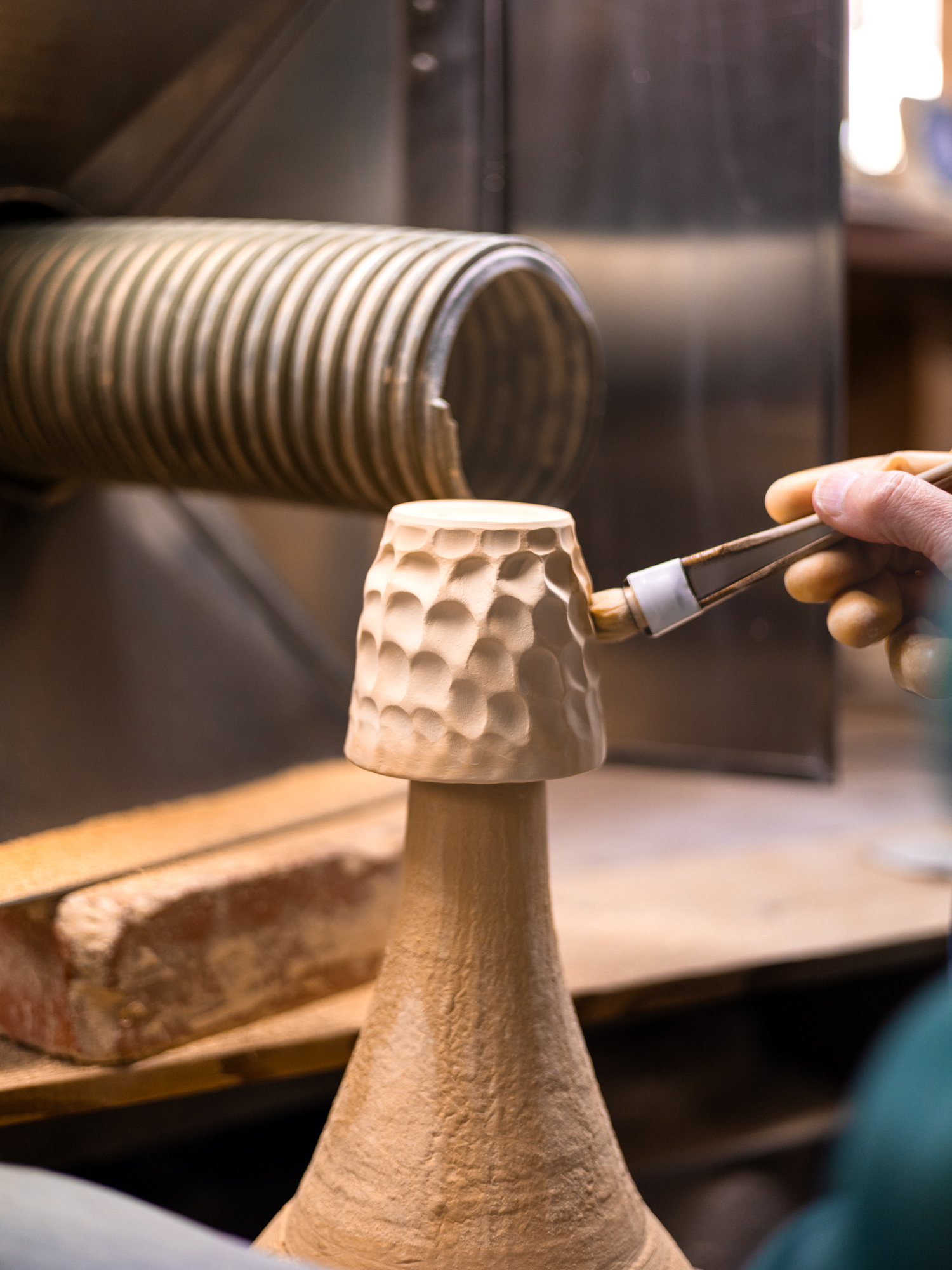
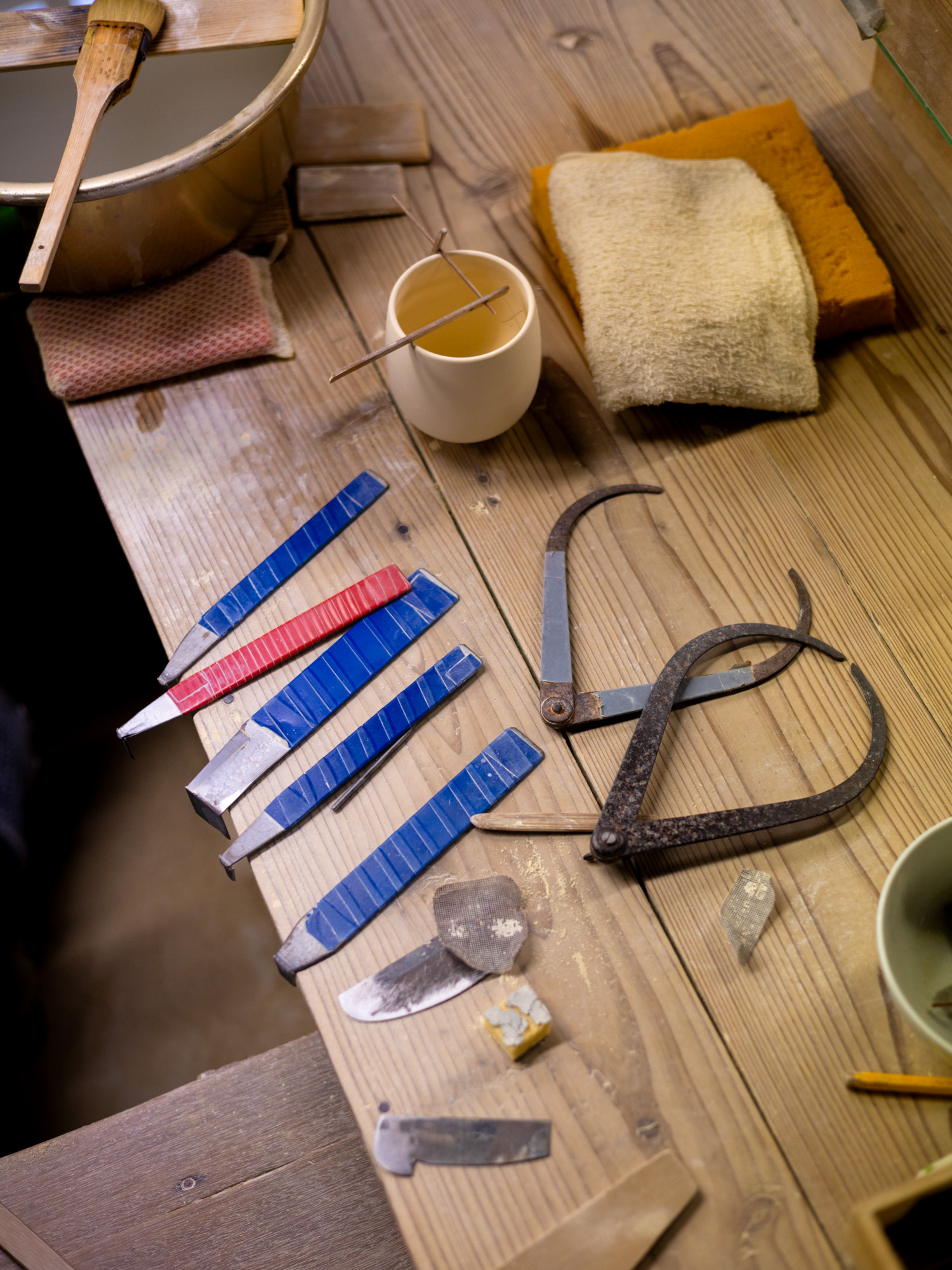
The Ko-Imari Museum
Tucked behind the main workshop is another hidden highlight: the Ko-Imari Museum. Usually closed to the public, this private space houses a small but significant collection of antique Arita-yaki, including pieces dating back to the Meiji Period. It’s a quietly curated tribute to the evolution of the craft, with early export works, domestic wares, and even ceremonial pieces once gifted to visiting dignitaries, including Pope John Paul II.
Here, the difference between machine-made and handmade becomes unmistakably clear. The layering of color, the imperfections of the hand, the balance of detail, it all speaks to a craft that resists shortcuts.
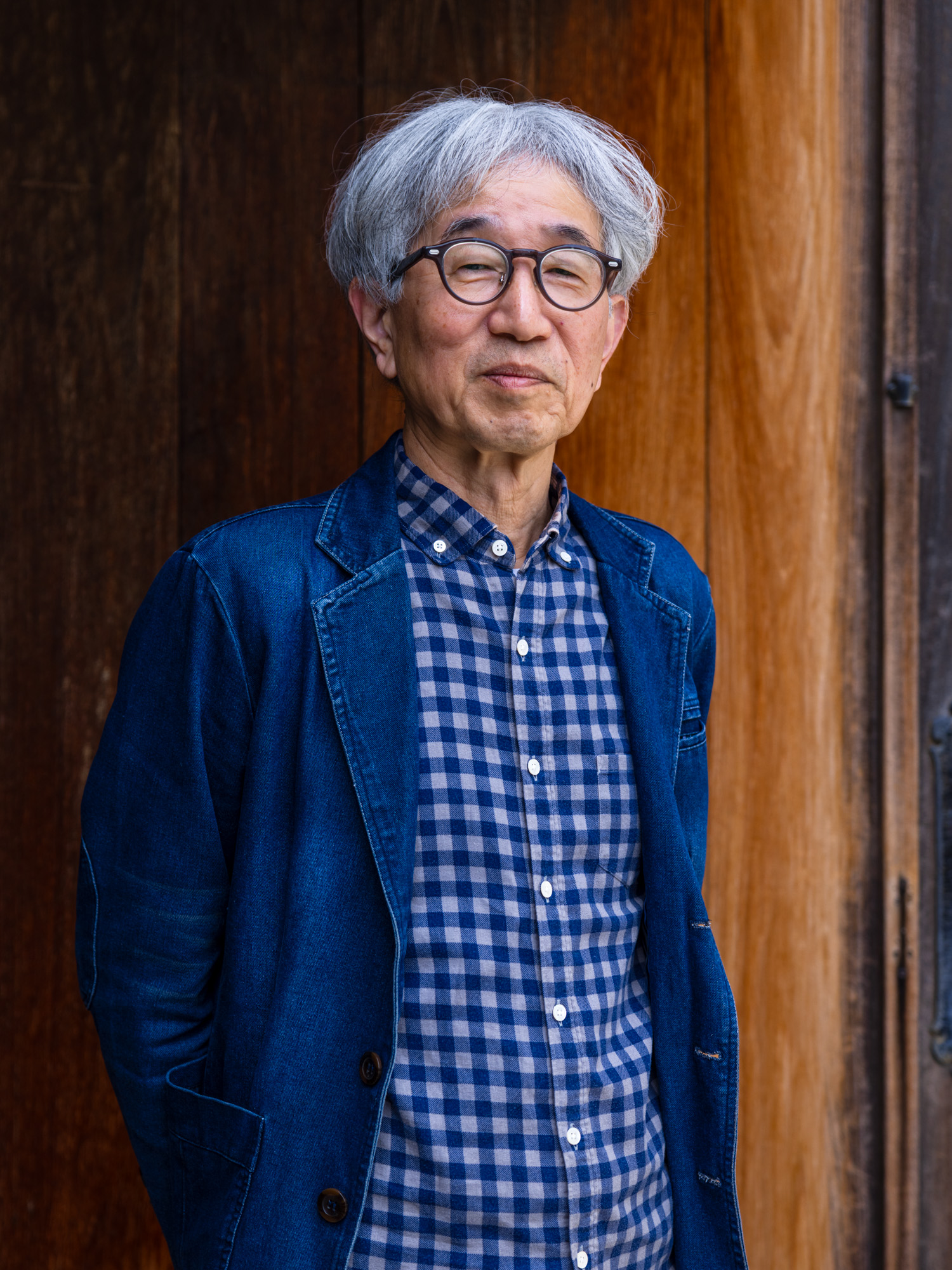
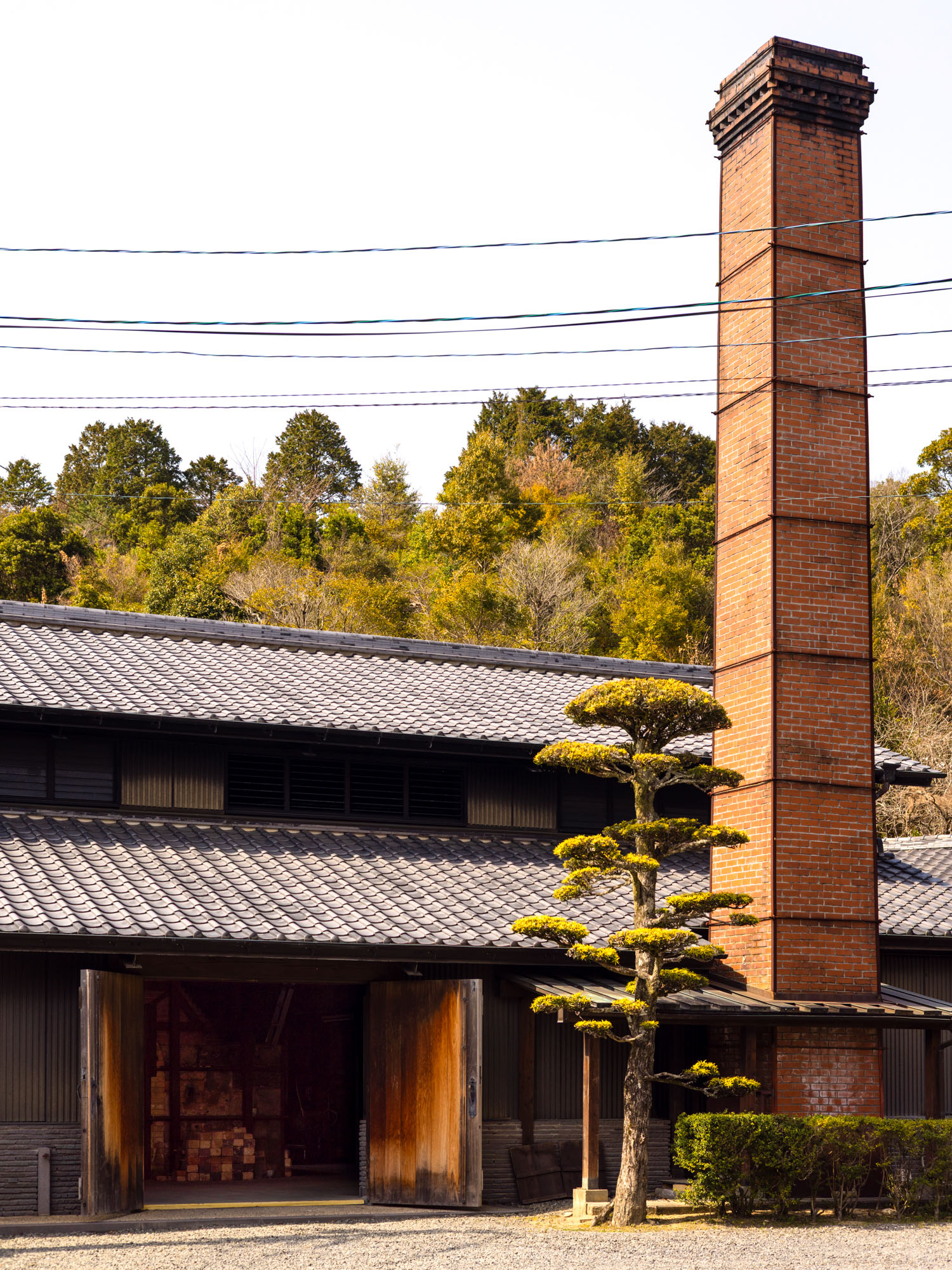
Tea and Stillness
After the tour, guests are invited to sit down for a cup of local tea, served, of course, in hand-crafted Ganemon porcelain. It’s a small gesture, but one that reflects the kiln’s quiet confidence: beauty is meant to be lived with, not locked away.
The pieces themselves vary in price, and expectations should be tempered accordingly. While some works command high figures due to their craftsmanship and signature, there are also smaller, more accessible items available for purchase. Whether you walk away with a new piece or simply a new perspective, the value of the experience lies in its intimacy.
Discover our bespoke journey: Meet Master Artisans of Japan’s Cultural North: Kanazawa & Surroundings.
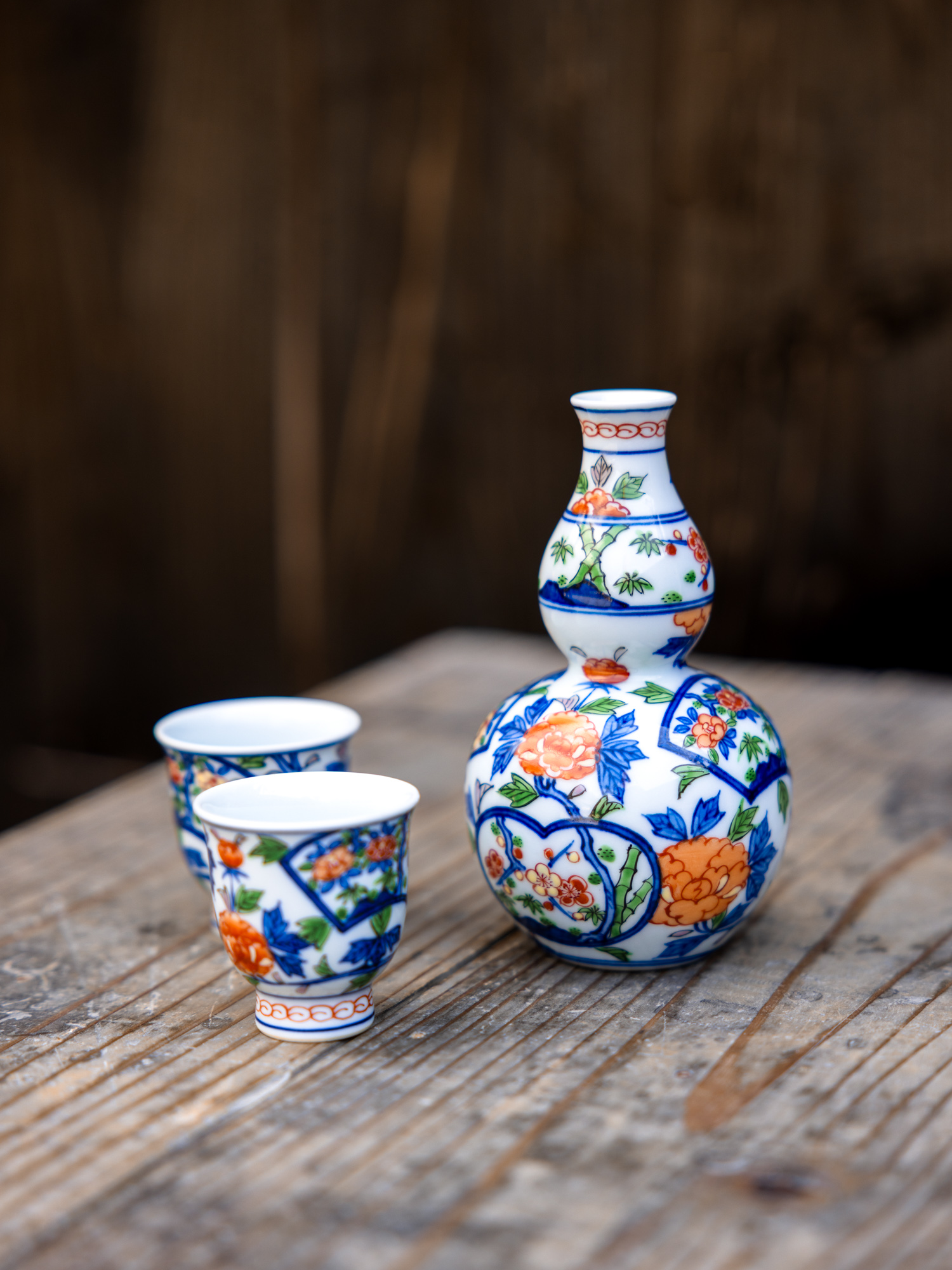

A Sustainable Way to Explore Arita
The town of Arita is compact enough for a day trip, though staying overnight allows for a deeper exploration of the area’s many kilns, cafés, and shops. Bicycles can be rented from the train station, and while the landscape is hilly, it’s easily navigable for most. Cycling between workshops offers a more immersive way to see Arita’s narrow lanes, red brick chimneys, and historic studios, many of which still operate as they have for generations.


How to Get There
Saga is conveniently reached via Fukuoka’s Hakata Station, accessible via Shinkansen from Tokyo, Kyoto or Osaka. From Hakata, transfer onto a limited express train to Saga Station (40 minutes), and then continue by local train to Arita Station (60 minutes). Alternatively, Saga’s historic towns and pottery villages are best accessed via taxi, private car or rental car from Fukuoka Airport’s domestic and international terminals.
Looking for more travel guides and itineraries? Subscribe to the weekly Views from Japan newsletter here.

Craft Your Dream Trip to Japan
The Views from Japan Planning Sessions are one hour private calls where we design your once-in-a-lifetime Japan adventure, together. Your bespoke Planning Toolkit gives you complete access to my insider knowledge, travel experience and Japan expertise.
{{Callout Large Book}}





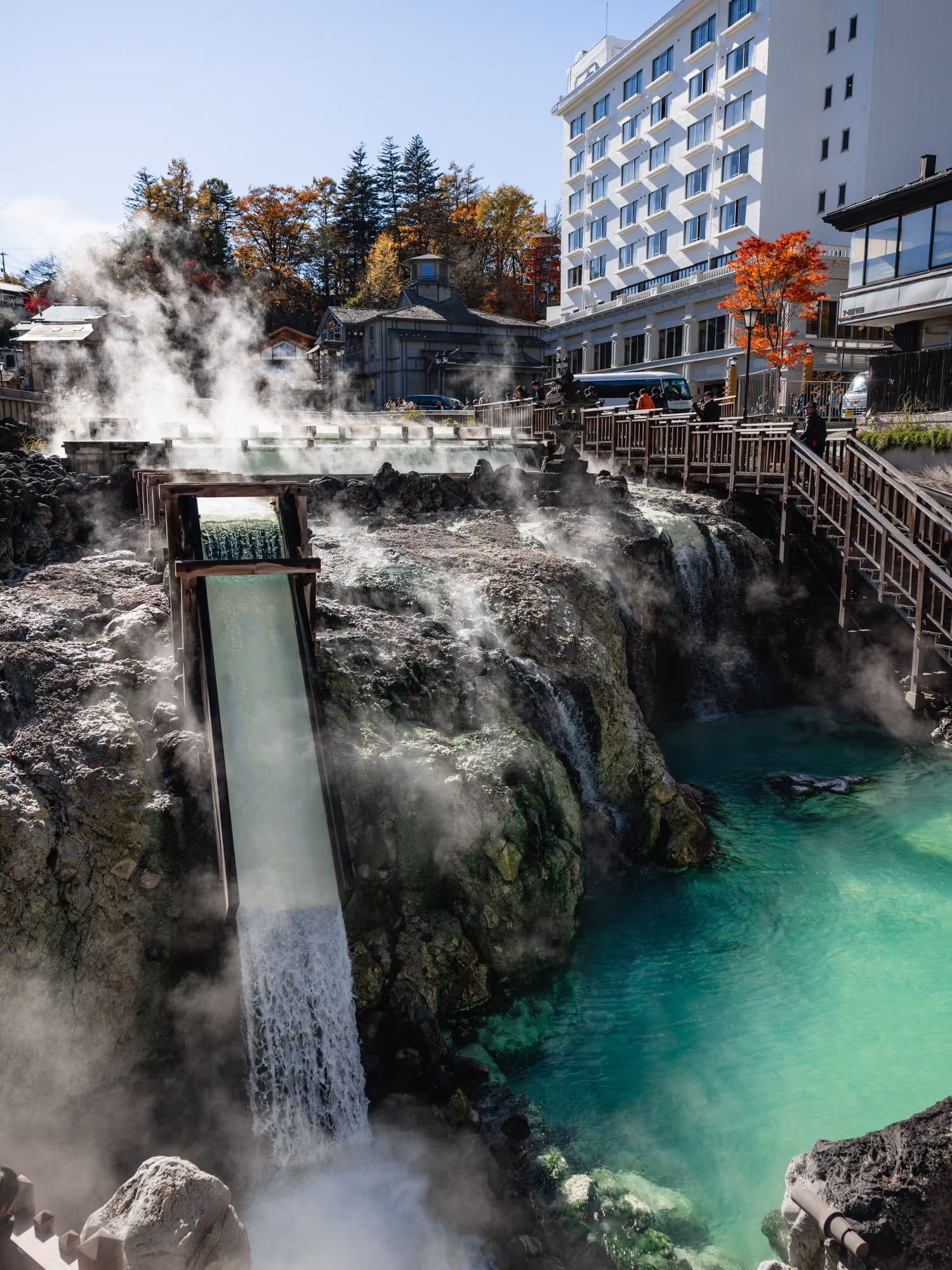

















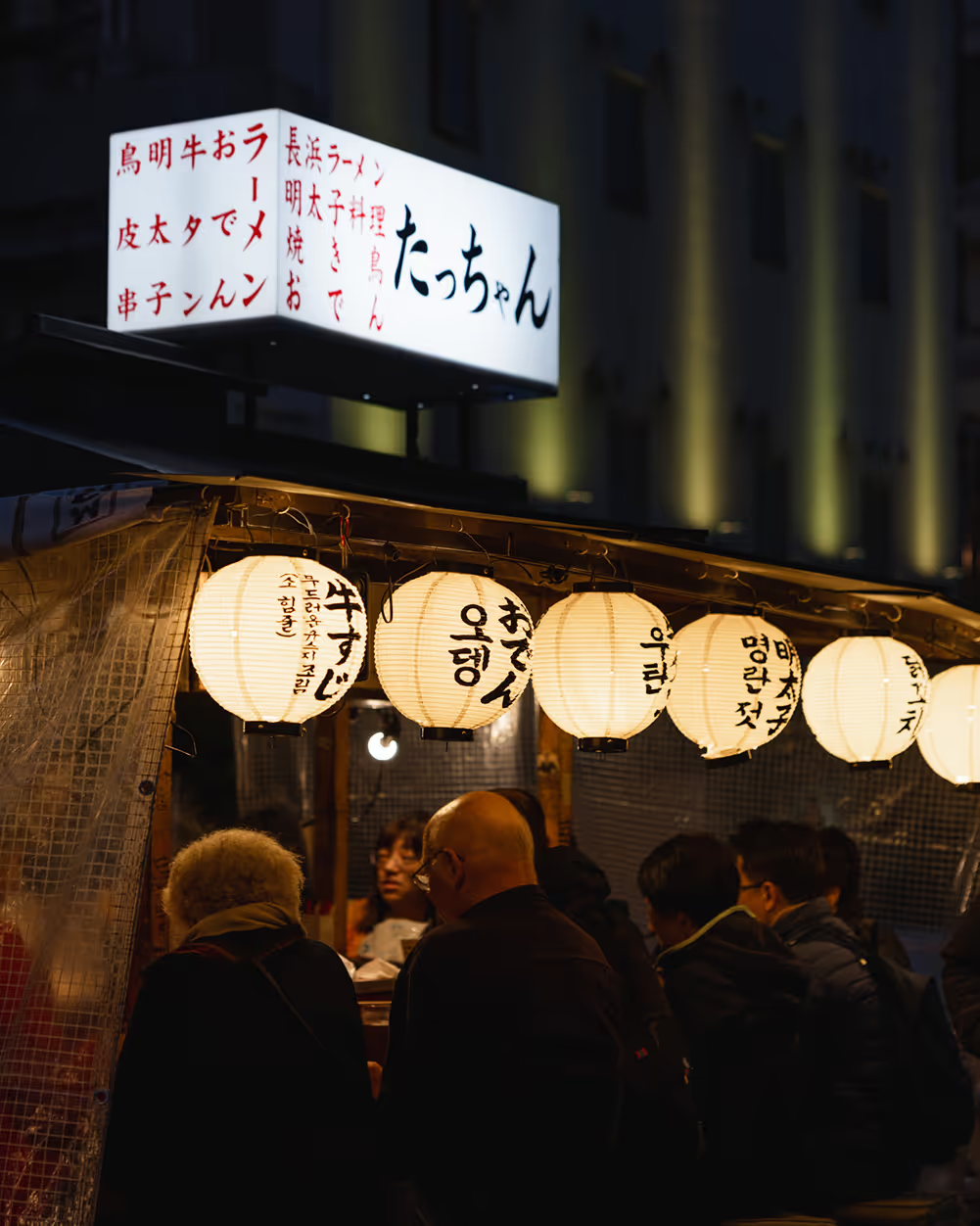







































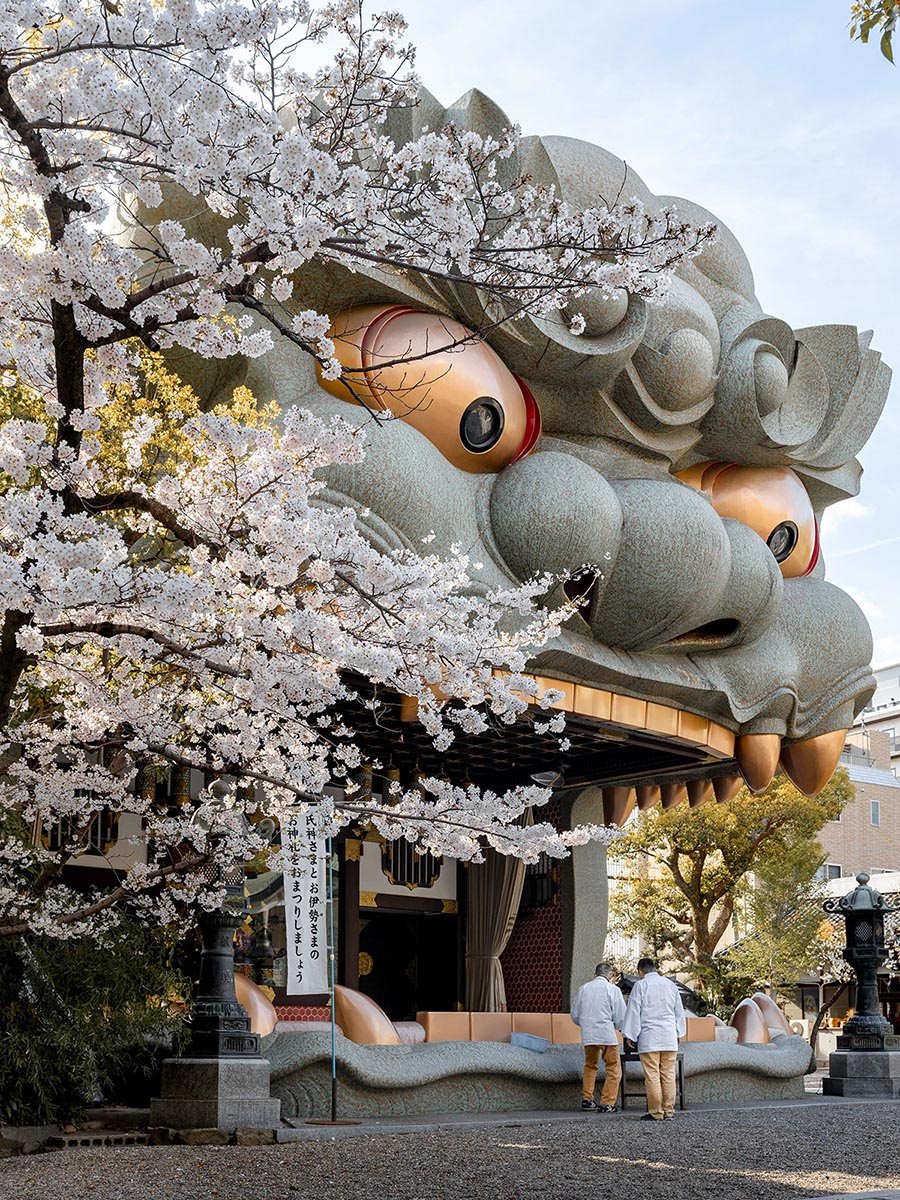
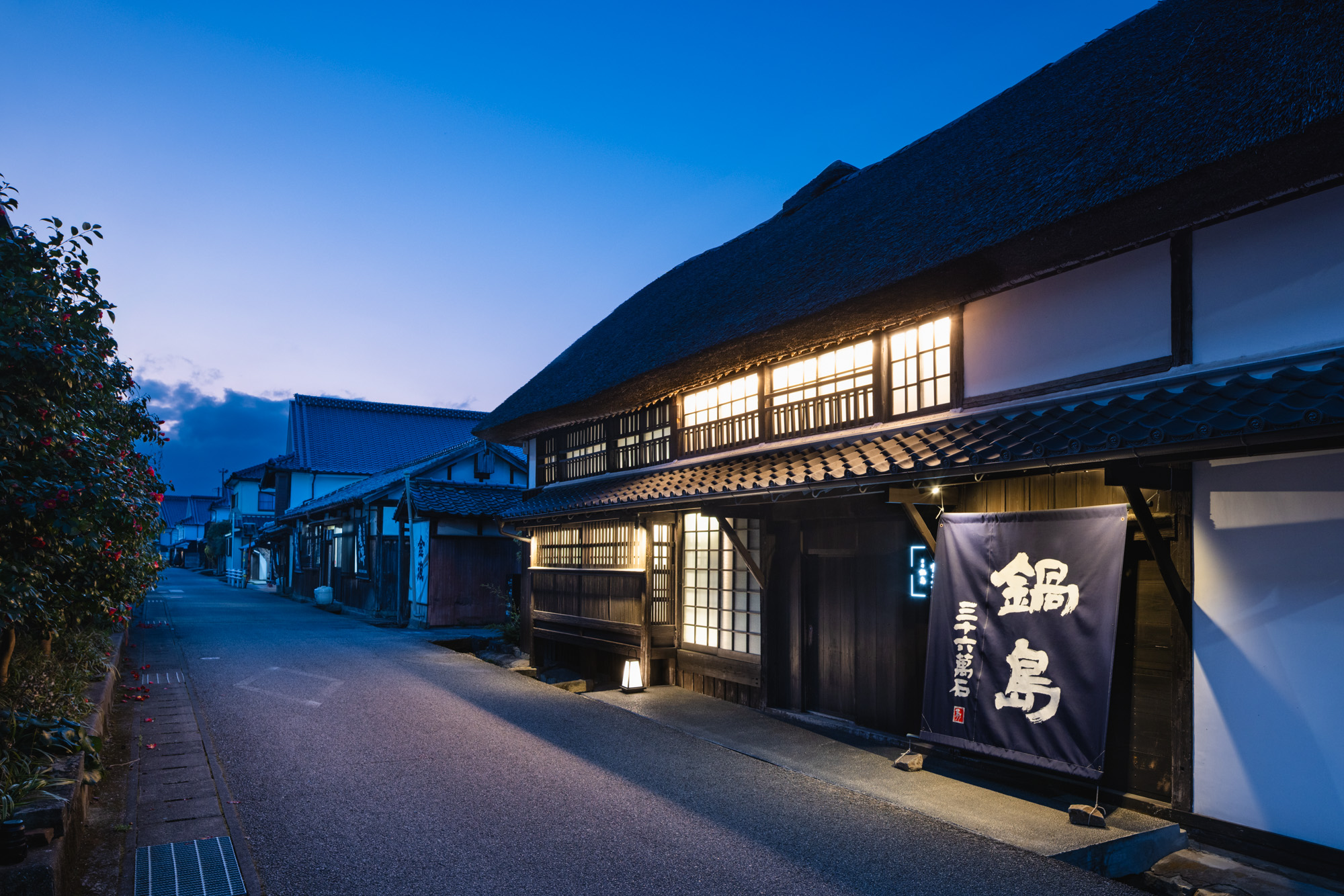
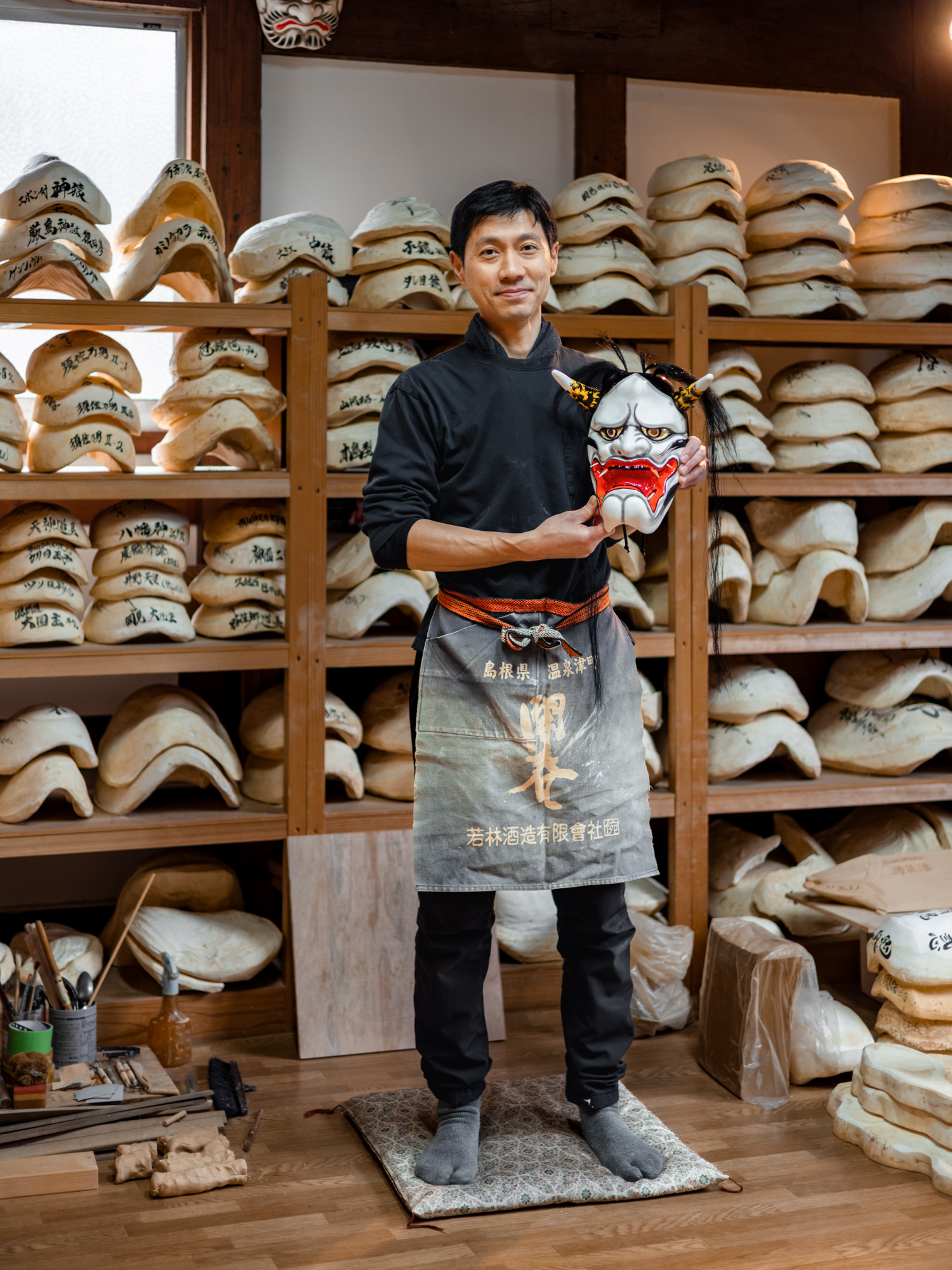
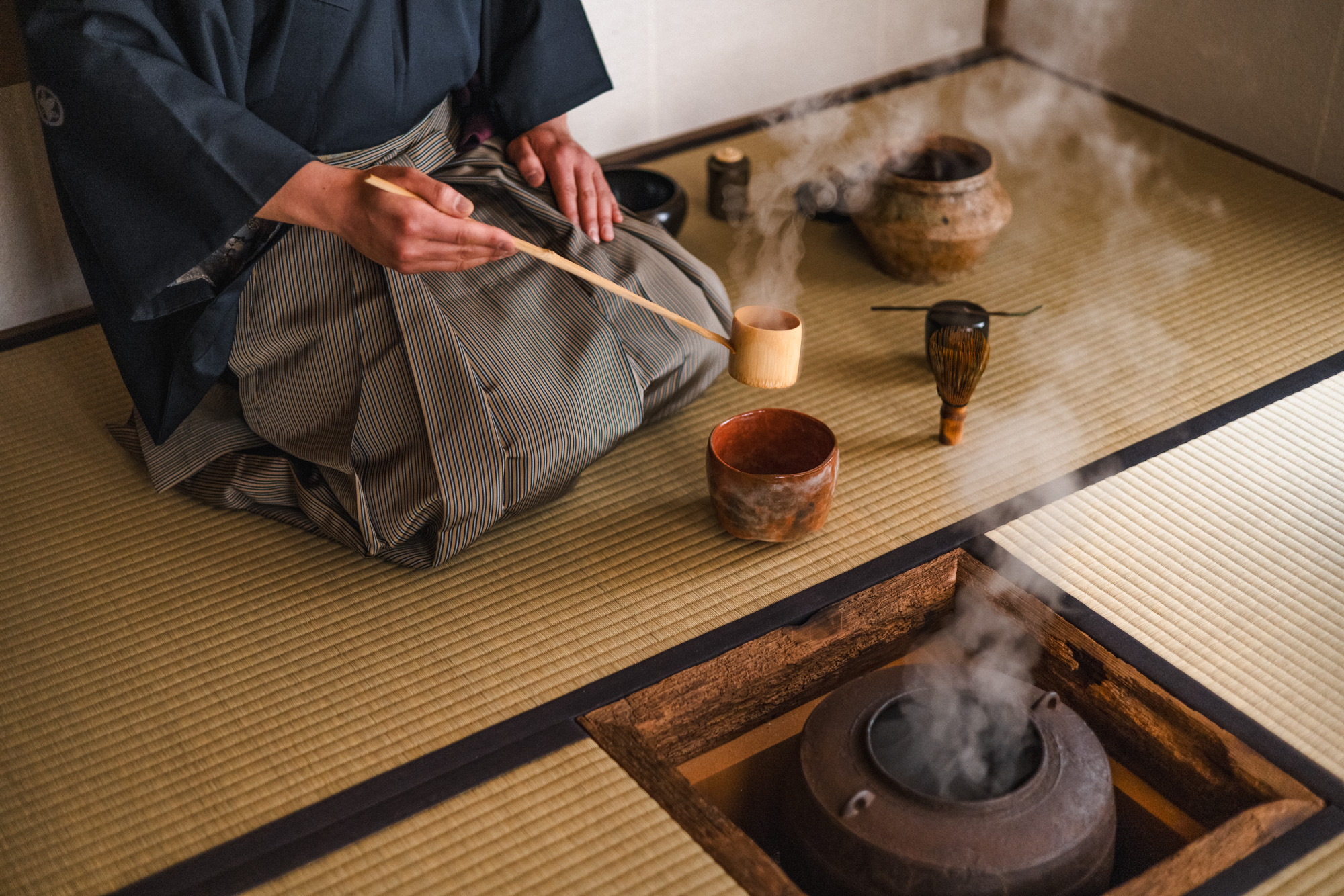





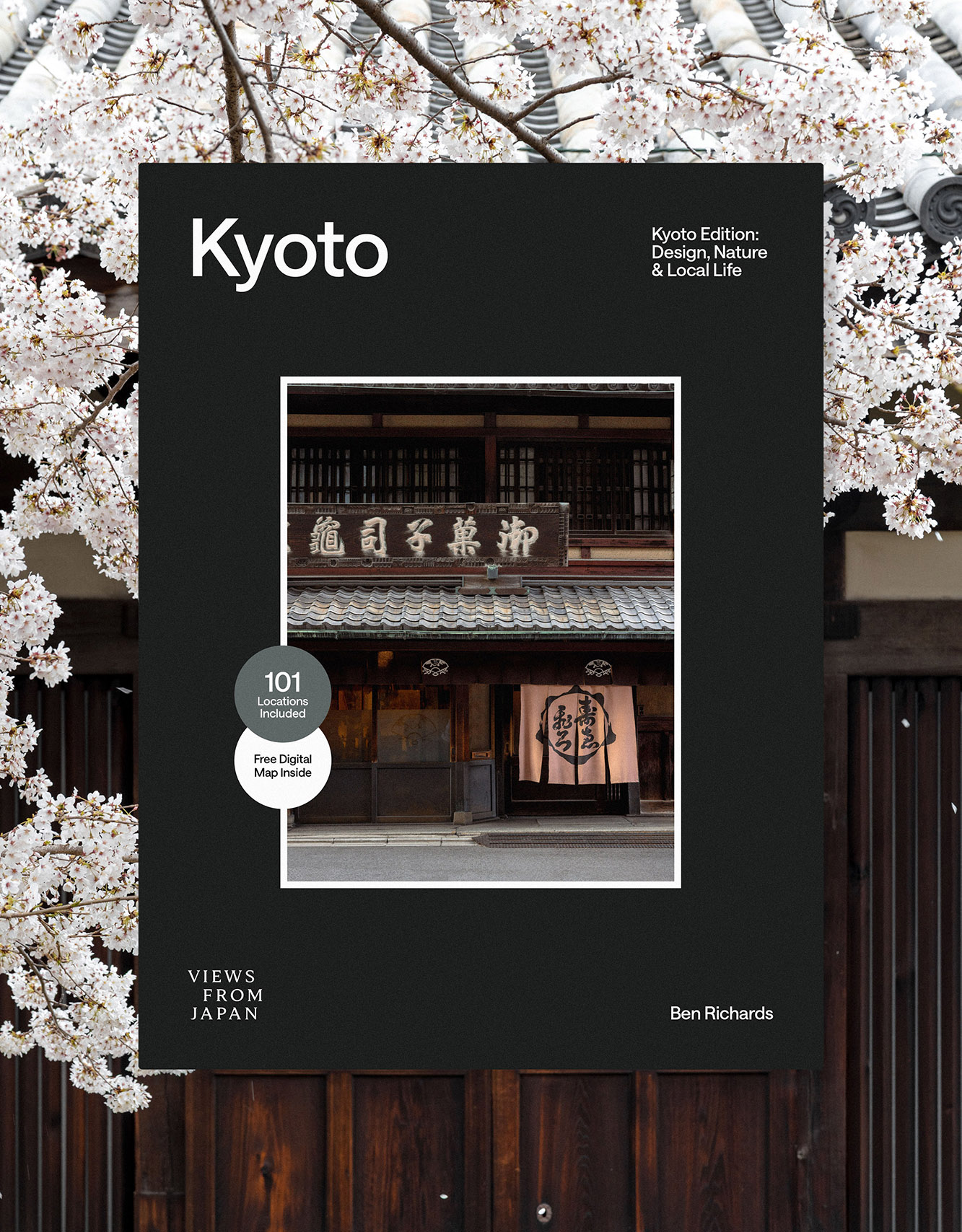


.avif)
.avif)




